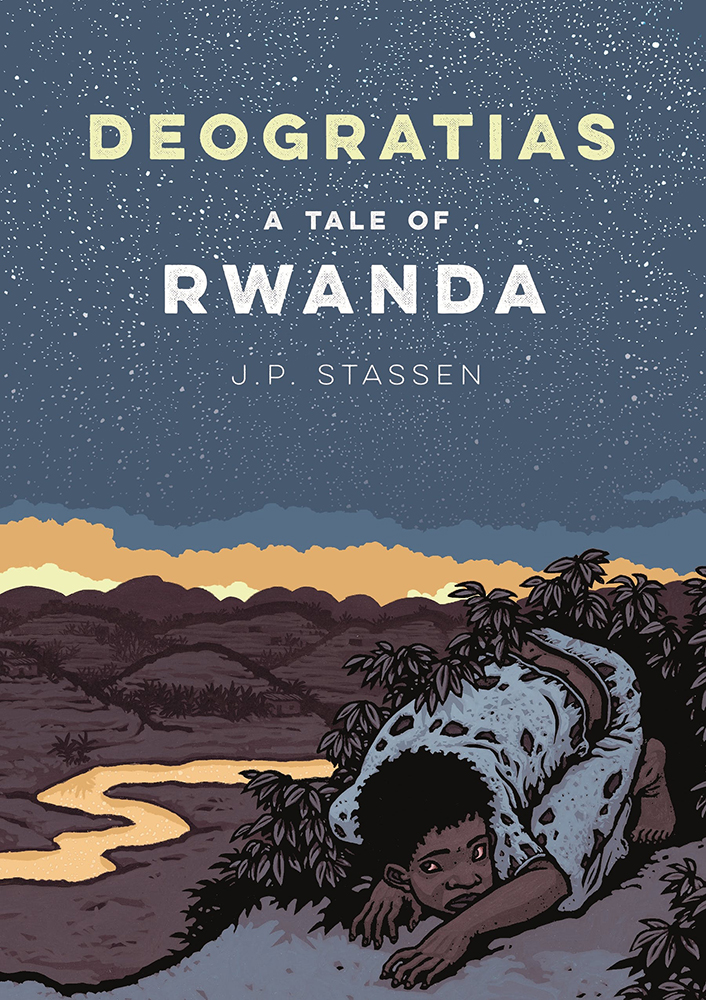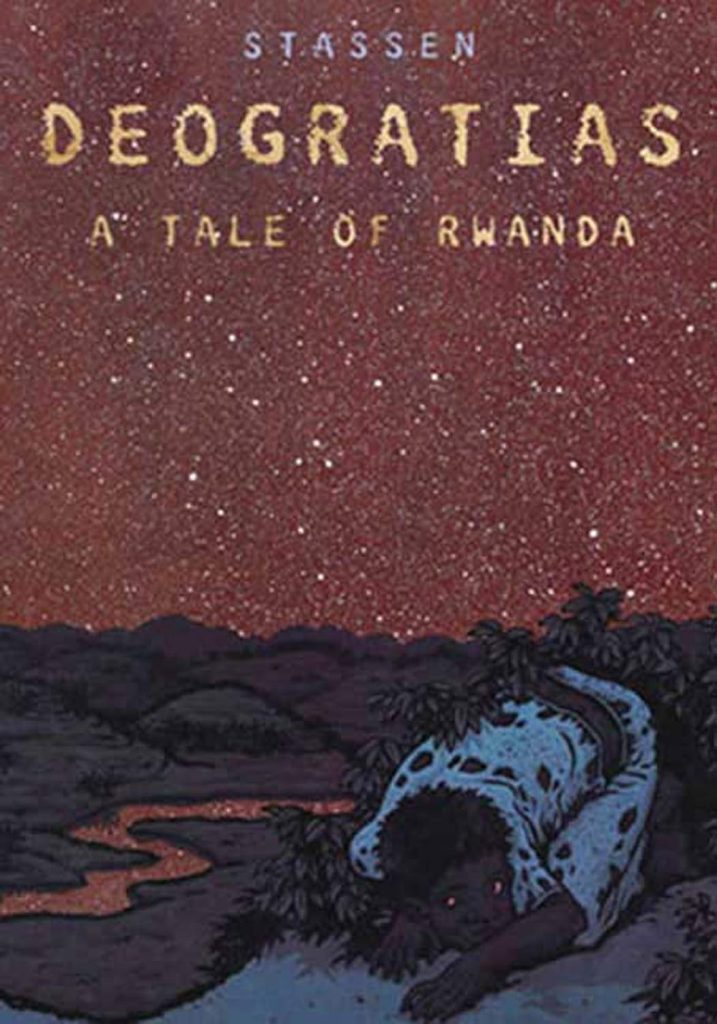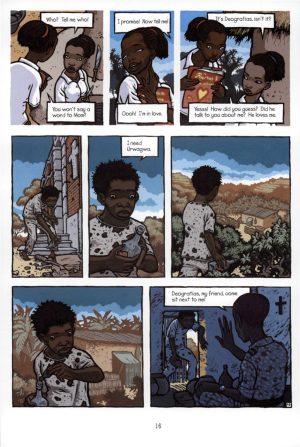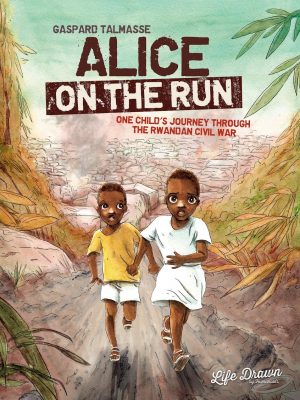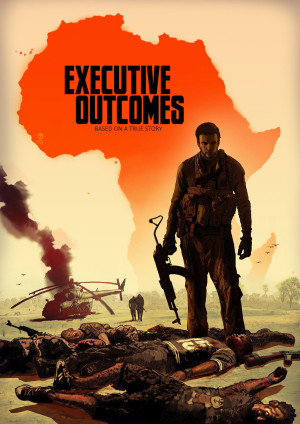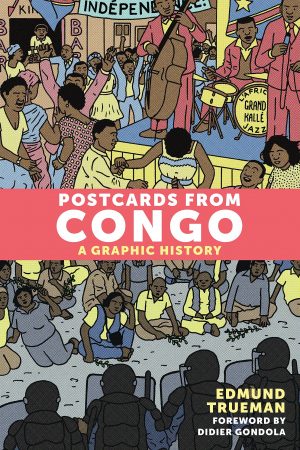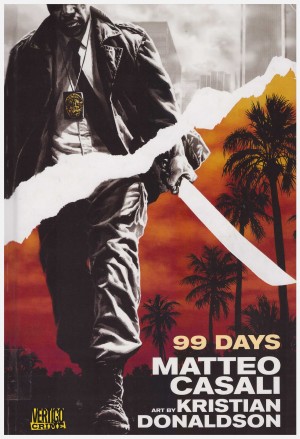Review by Diego Guerra
This book delves into one of history’s darkest tragedies: the Rwandan genocide in 1994, where hundreds of thousands of people lost their lives based on their ethnicity. The Hutus were brutally targeted by the Tutsis.
Amidst this turmoil, the young Deogratias becomes involved with Vedette, a woman forced into prostitution to support her daughters after fleeing Zaire. While he also pursues Apollinaire, Venetia’s daughter, and Benigne, her younger sister, it’s the latter who succumbs to Deogratias’s charms.
As the assassination of President Habyarimana triggers a violent uprising, Benigne finds herself trapped at Deogratias’s place. During chaos, Deogratias transforms from hero to monster and, eventually, into madness. The Hutus are on a brutal spree against the Tutsis, including Venetia and her daughters, while Deogratias is Hutu. The events prove overwhelming for all. In the aftermath, Deogratias roams the streets, claiming to be a dog. Some laugh, some pity him, and offer him a banana beer, unaware that it’s the only solace for the post-traumatic stress he bears from witnessing and partaking in one of the most horrific genocides in recent history.
Jean-Philippe Stassen is a Belgian author with a traveller’s curiosity. He spent a significant amount of time in North and Central Africa, and he gained recognition in France as an illustrator for The Bar of the Old Frenchman (Le Bar du Vieux Français, 1992), written by Denis Lapière. This work is a unique blend of a love story and an international road movie, known for its poetic portrayal of the cultural clash between Europe and the East.
In 2000, Stassen presented Deogratias, an even more ambitious work, arguably one of the saddest stories ever told in comic form, yet also a beautiful book. The subject matter is anything but easy reading, with no request for a happy ending or a moral lesson. The horror is laid bare before our eyes, and we can do nothing.
Stassen’s artwork beautifully handles the poetic aspects of this heartbreaking story, making an otherwise unbearable narrative bearable. His depiction of landscapes is sublime, and he captures the beauty of the people with an incredible color palette. The story unfolds through time jumps, incorporating flashbacks of Deogratias before the genocide and a present-day Deogratias turned into a mere human shadow, barely alive.
With absolute sobriety, Stassen portrays the helpless role played by the former colonizers in Rwanda – two Catholic missionaries from Belgium and a less-than-heroic French soldier from the UN peacekeeping forces. They are not heroes or villains, but rather witnesses to a horror they cannot prevent. However, with good or bad intentions, they continue to maintain a condescending attitude as colonisers.
Through this fictional narrative, Stassen delves deep into history, in contrast to Joe Sacco and his equally excellent documentary comics. Yet, both achieve a similar effect by leaving a testimony of a deplorable historical event while extracting beautiful metaphors from it. Although Stassen is not well-known outside the Franco-Belgian comic realm, it’s fortunate that his only book translated into English is perhaps his best.
